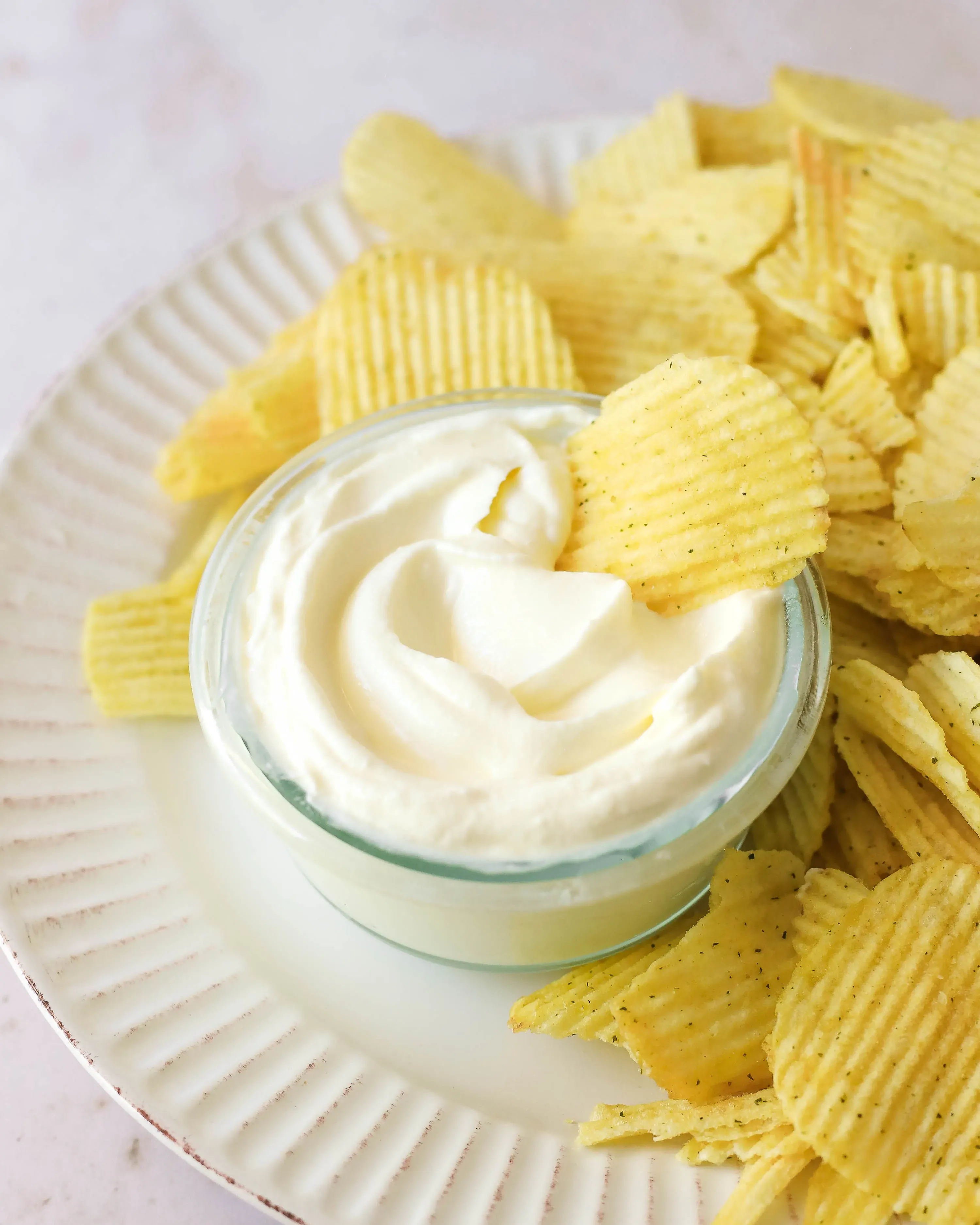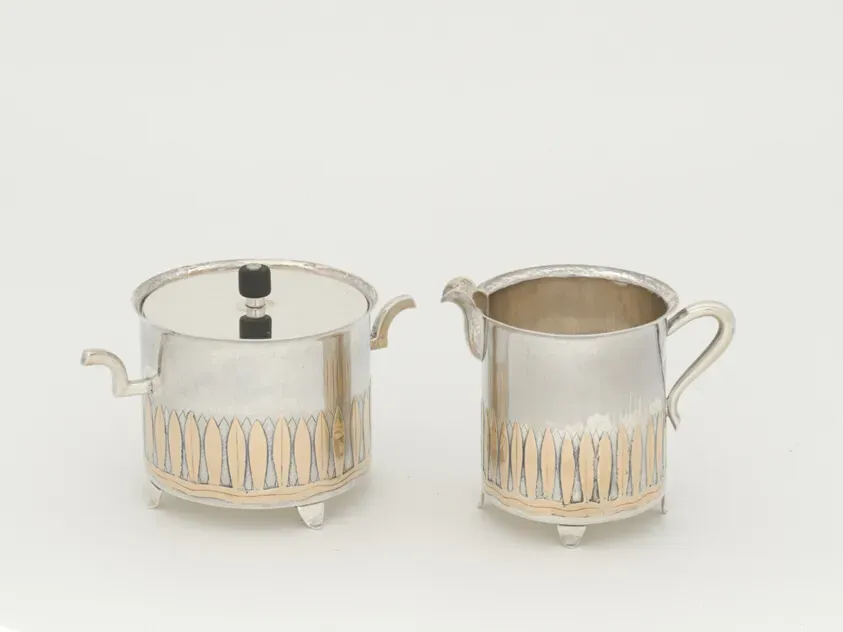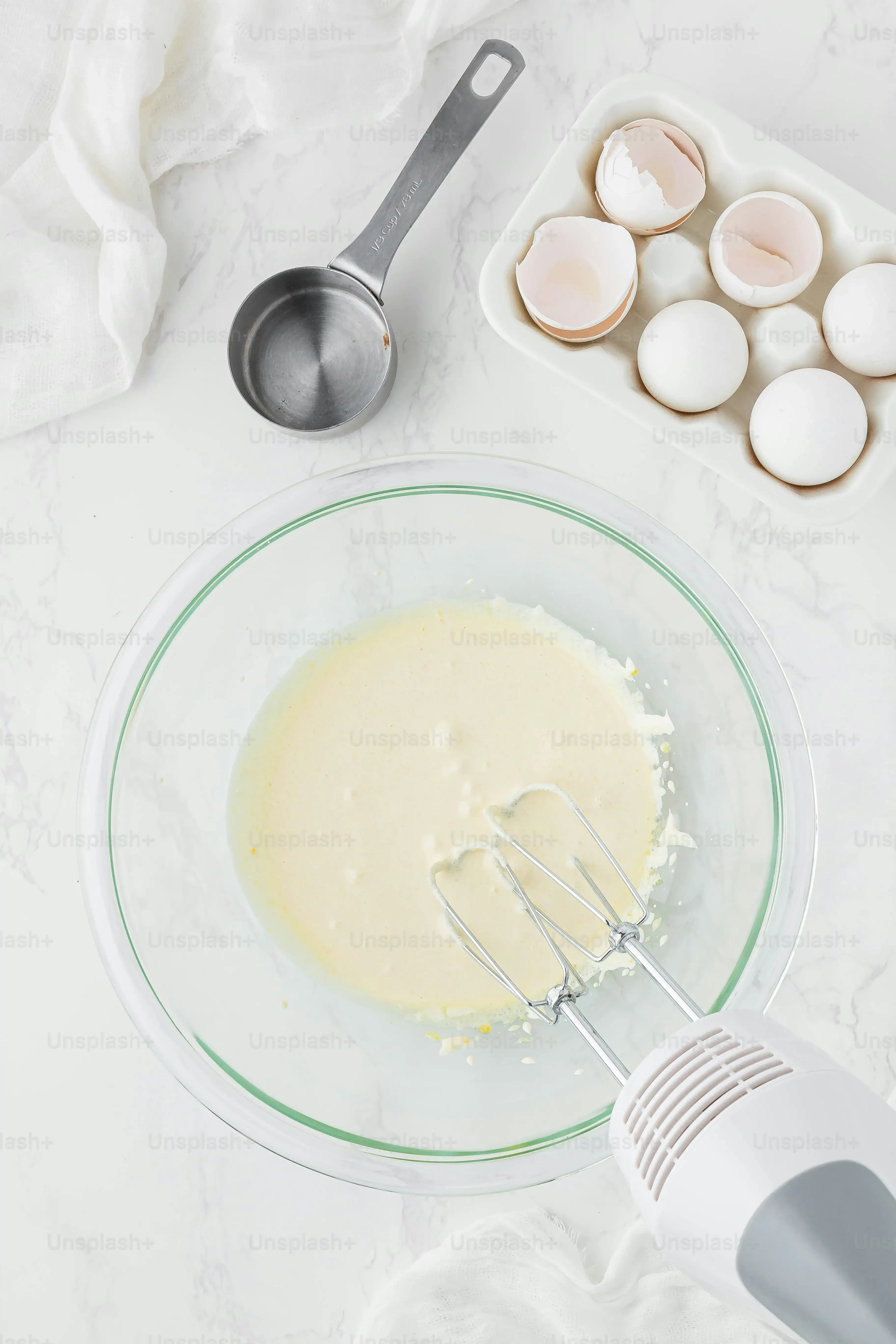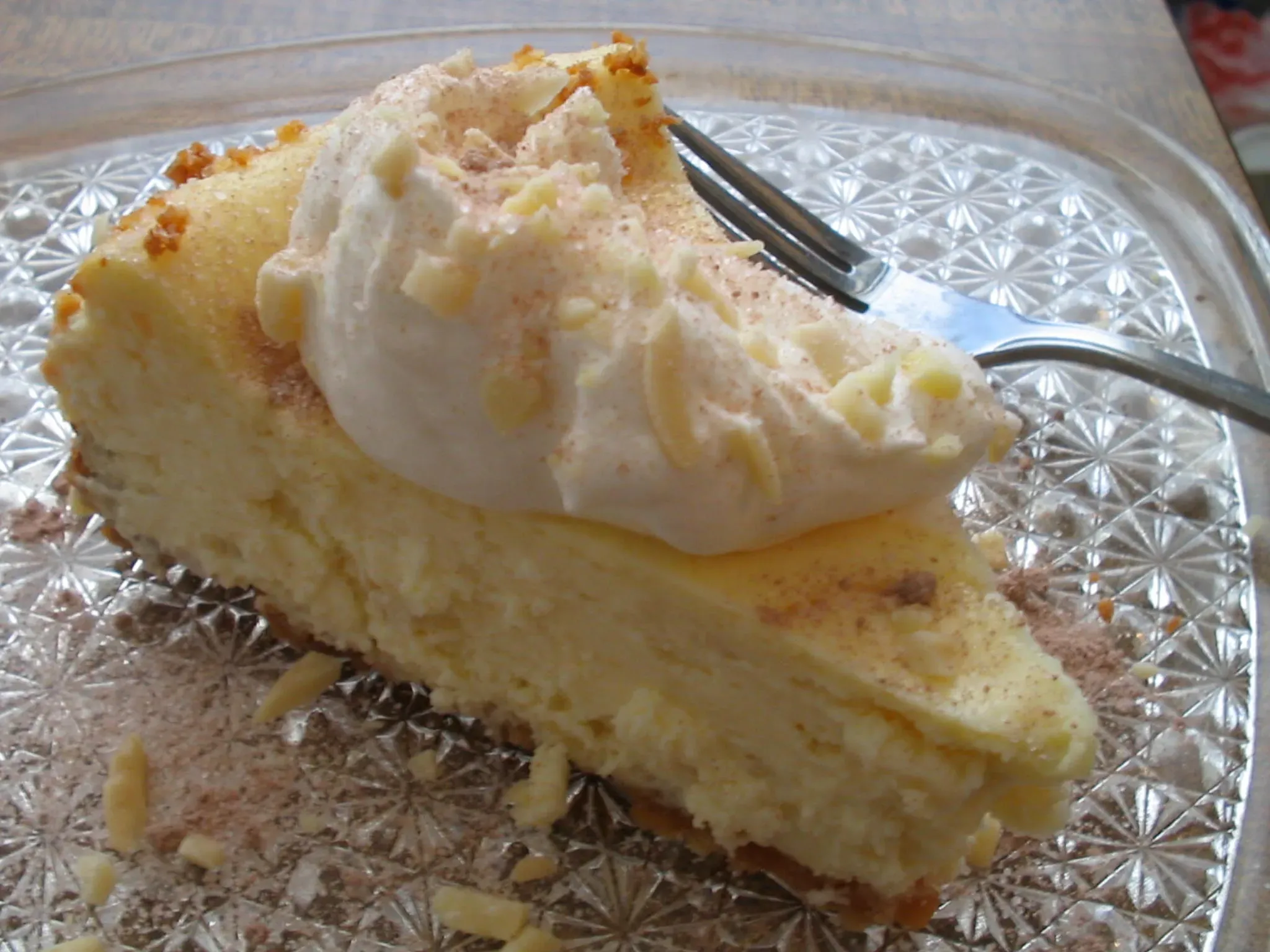Table of Contents
Ever stare into your fridge, recipe in hand, only to find that indispensable tub of sour cream is missing? Or maybe you only need a tablespoon for a single baked potato and buying a whole container feels like a commitment you're not ready for. It's a common kitchen snag, and frankly, a bit annoying when all you want is that creamy, tangy finish. Forget emergency grocery runs or substituting with something less-than-ideal. There's a simple, almost ridiculously easy solution hiding in plain sight: **2 ingredient sour cream**. Yes, you read that right. Just two basic items, likely already in your pantry and fridge, can whip up a stand-in that works surprisingly well in a pinch. No fermentation, no waiting, just quick results. This isn't some gourmet secret, just a practical hack for when the craving or the recipe calls. We're here to walk you through this neat trick, show you exactly how to make your own **2 ingredient sour cream**, explore where it shines best (and where it might fall a little short), and offer up practical tips so you nail it on the first try. Get ready to ditch the dairy aisle panic and embrace the convenience.
The Simple Magic: What is 2 Ingredient Sour Cream?

The Simple Magic: What is 2 Ingredient Sour Cream?
Beyond the Dairy Aisle
Alright, let's cut to the chase. When we talk about **2 ingredient sour cream**, we're not talking about some ancient fermentation process passed down through generations of dairy farmers. This isn't the stuff your grandma made. This is the kitchen hack you pull out when you're halfway through making tacos or baking a cake and realize the sour cream tub is empty, or worse, growing a science experiment in the back of the fridge. It's a stand-in, a clever workaround using things you probably already have lying around. Think of it as the culinary equivalent of using a binder clip when the zipper breaks on your jacket – not perfect, but it gets the job done in a pinch. It's simple, requires zero special equipment beyond a bowl and something to stir with, and takes less than a minute to assemble. Frankly, the hardest part might be remembering where you put that lemon.
The Dynamic Duo: Acid Meets Fat
So, what are these two magical ingredients that create something vaguely resembling sour cream? It boils down to a simple interaction: an acid and a fat. Typically, you're looking at milk or cream (the fat) and lemon juice or vinegar (the acid). When you mix the acid into the milk or cream, something interesting happens. The acid causes the proteins in the dairy to curdle and thicken slightly. It replicates, in a very basic way, the tang and some of the body you get from traditional sour cream, which relies on bacterial fermentation to thicken and develop flavor. It's not a perfect replica, mind you. It won't have the same depth of flavor or the ultra-smooth texture of the real deal, but for many applications, it’s surprisingly effective. It’s the culinary equivalent of a well-executed cover song – hits most of the right notes, even if it lacks the original's soul.
The Core Components
- Dairy (Milk or Cream - higher fat works better)
- Acid (Lemon Juice or White Vinegar)
Managing Expectations: Taste and Texture
Let's be clear: this **2 ingredient sour cream** isn't going to win any blind taste tests against a premium cultured sour cream. The texture tends to be a little looser, maybe slightly grainy depending on how you mix it and the ingredients you use. The tang is definitely there, thanks to the lemon juice or vinegar, but it lacks the complex, slightly nutty, fermented notes of traditional sour cream. Think bright and sharp rather than mellow and cultured. It works beautifully mixed into things – like salad dressings, quick dips, or stirred into a sauce – where its primary job is to add tang and a bit of richness. Spooning it straight onto a plate of nachos? You can do it, but just know what you're getting. It’s a functional substitute, not a gourmet revelation. It’s the reliable understudy, ready to go on when the star ingredient is a no-show.
Whipping Up Your Batch: How to Make 2 Ingredient Sour Cream

Whipping Up Your Batch: How to Make 2 Ingredient Sour Cream
Gathering Your Dynamic Duo
Alright, ready to play kitchen chemist? Making this **2 ingredient sour cream** is less science, more slapdash convenience, and that's the beauty of it. You need dairy, specifically something with a bit of fat, and an acid. Whole milk works, but half-and-half or light cream is even better because more fat means a richer texture when the acid does its thing. For the acid, fresh lemon juice is the classic choice, offering a bright, clean tang. White vinegar is the other common player; it works just as well chemically, though some folks detect a slightly harsher flavor. You'll need a small bowl and something to stir with – a fork, a whisk, a spoon, whatever's clean and handy. Precision isn't paramount here, but a general ratio helps. Think about one tablespoon of acid for every cup of dairy. Don't overthink it; this isn't baking a soufflé.
The Simple Act of Combining
Here's where the magic, or at least the quick curdling, happens. Pour your chosen dairy into the bowl. Measure out your acid – that one tablespoon per cup ratio is a solid starting point. Add the acid to the dairy. Now, stir. Don't go crazy like you're whipping meringue; a gentle, consistent stir is all it takes. You should start to see the mixture thicken slightly within a minute or two. It won't become as thick as store-bought sour cream, not by a long shot, but it will gain some body. If it still looks like plain milk after a couple of minutes, add another half teaspoon of acid and stir again. Sometimes dairy is stubborn. Once it has a noticeable, slightly viscous texture, you're done. Taste it. Need more tang? Add a tiny bit more acid. Remember, you can add more acid, but you can't take it away.
Quick Ratio Guide:
- 1 cup Whole Milk + 1 Tbsp Acid = Thinnest result
- 1 cup Half-and-Half + 1 Tbsp Acid = Better body
- 1 cup Light Cream + 1 Tbsp Acid = Thickest consistency
Tweaks and What to Expect
So, what happens if you use skim milk? Not much, honestly. The low-fat content means there's less for the acid to interact with, resulting in a very thin, slightly tangy liquid. Stick to at least whole milk. Lemon juice gives a brighter flavor; vinegar can be a bit more aggressive. Pick your poison based on what you're using the **2 ingredient sour cream** for. Don't expect miracles in terms of texture; it will likely be thinner than what you're used to. Also, the longer it sits, the more it *might* thicken slightly, but it won't transform into a solid mass. It's best used relatively soon after making it. Think of it as a quick fix, not a make-ahead condiment. It's the culinary equivalent of duct tape – not pretty, but effective when you need it.
Beyond the Dip: Creative Ways to Use Your 2 Ingredient Sour Cream

Beyond the Dip: Creative Ways to Use Your 2 Ingredient Sour Cream
More Than Just a Dollop
so we've established that this **2 ingredient sour cream** isn't the stuff you're going to proudly serve in a fancy ceramic bowl as a centerpiece dip at your next dinner party. Its texture is a bit... rustic, and the flavor is direct, not nuanced. But where it truly shines is when you integrate it *into* something else. Think of it as a functional ingredient, a workhorse rather than a show pony. Stir it into a quick pan sauce for chicken or fish to add brightness and a touch of creaminess without the risk of splitting that heavy cream sometimes poses. Whisk it into salad dressings – that tang is exactly what vinaigrettes often need, cutting through oil and adding depth. I've dumped a spoonful into macaroni and cheese before, and while it didn't magically transform it into a gourmet dish, it did lend a pleasant sharpness that elevated the boxed stuff significantly. It's fantastic in quick bread or muffin recipes that call for sour cream or yogurt; the acid helps tenderize the crumb, and the slight richness is a bonus. Don't let its humble origins fool you; it's surprisingly versatile when you use it smart.
Troubleshooting & Tips for Perfect 2 Ingredient Sour Cream

Troubleshooting & Tips for Perfect 2 Ingredient Sour Cream
Why Isn't It Thickening? (The Saga of the Runny Batch)
So, you mixed your two ingredients, stirred diligently, and... it still looks suspiciously like slightly cloudy milk? Welcome to the club. The most common complaint with **2 ingredient sour cream** is that it doesn't get thick enough. Several culprits could be behind this dairy defiance. First, check your dairy fat content. Skim milk is practically useless here; there's nothing for the acid to curdle effectively. You need fat for body. Whole milk is the minimum, but half-and-half or light cream yields a much better result. Second, the acid might be weak. Old lemon juice or vinegar that's been sitting open forever might not have the punch needed. Fresh is always best. Third, you might not have used enough acid. Start with the recommended ratio (about 1 Tbsp acid per cup of dairy), but don't be afraid to add another half teaspoon or teaspoon, stirring between additions, until you see a noticeable change in texture. It won't become spoonable like the store-bought stuff, but it should coat the back of a spoon slightly. If it's still watery after boosting the acid, your dairy might be the issue, or maybe the kitchen gods are just against you today.
Adjusting Flavor and Stashing Your Batch
Once you've got a texture you can work with, you might want to tweak the flavor of your **2 ingredient sour cream**. The basic mix is tangy, sure, but it lacks the cultured depth of traditional sour cream. If it tastes too sharply of lemon or vinegar, you might have used a bit too much acid, or perhaps your dairy wasn't fatty enough to balance it out. There's not much you can do to fix an overly acidic batch other than dilute it with more dairy (which will make it thinner) or just embrace the punchy flavor and use it where it won't overpower the dish, like a strongly flavored dressing. As for storage, this isn't something you whip up a giant batch of and expect to last for weeks. It's best used within a day or two. Keep it covered in the fridge. The texture might change slightly over time, perhaps separating a little. A quick stir usually fixes that. Think of it as a single-use or short-term solution, not a pantry staple.
- Too thin? Use higher-fat dairy (half-and-half or light cream).
- Still thin? Add a little more acid (lemon juice or vinegar), a tiny bit at a time.
- Tastes too acidic? You likely used too much acid or low-fat dairy. Use it in strongly flavored dishes.
- How long does it last? Best used within 1-2 days, stored in the fridge.
- Can I use lime juice? Yes, it works, but has a distinct lime flavor.
Knowing When to Use It (And When to Just Buy the Tub)
Let's be real: this **2 ingredient sour cream** is a substitute, a stand-in. It's perfect for those moments when you need a little tang and creamy texture *mixed into* a dish, like a quick sauce, a marinade, or a baking recipe. Where it falls short is as a direct topping or dip where texture and nuanced flavor are key. Spooning this thinner, sharper version onto a loaded baked potato might leave you feeling a bit underwhelmed compared to the real deal. Serving it as the primary dip for chips? Probably not its strongest suit. It excels in supporting roles, adding acidity and some richness without being the star of the show. If the recipe relies heavily on the specific texture and cultured flavor of traditional sour cream – think a classic onion dip or a topping for chili where it won't be stirred in – then it might be worth the trip to the store. Use the **2 ingredient sour cream** when convenience trumps perfection, when it's going into something cooked or mixed, or when you only need a small amount and don't want to waste a full container of the expensive stuff. It's a clever trick to keep in your back pocket, not a permanent replacement.
Wrapping Up Your 2 Ingredient Sour Cream Adventure
So there you have it – the simple reality of whipping up a quick stand-in with just two ingredients. This **2 ingredient sour cream** isn't going to replace a slow-fermented, full-fat dairy classic in every single scenario, especially when you need that deep, complex tang or sturdy structure for baking. But for a dollop on tacos, a quick dressing base, or rescuing a soup that needs a touch of creaminess? It absolutely gets the job done when time is short or the fridge is bare. Think of it as a useful tool in your kitchen arsenal, a practical workaround rather than a perfect replica. It’s about making do, efficiently, and still getting dinner on the table without a last-minute trip. Give it a try next time you're in a bind; you might be surprised how often this simple hack saves the day.